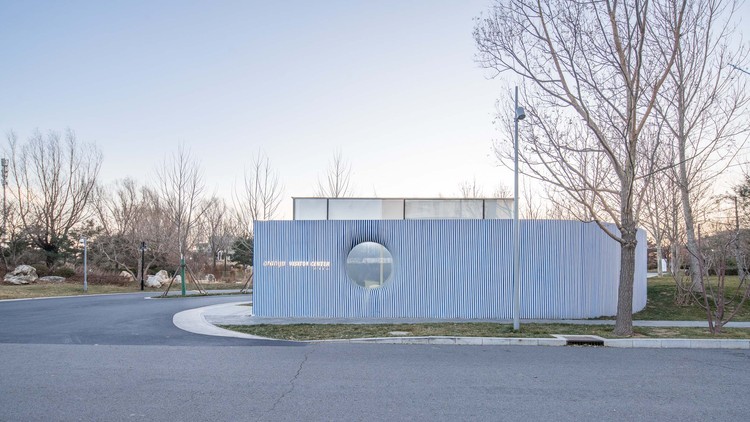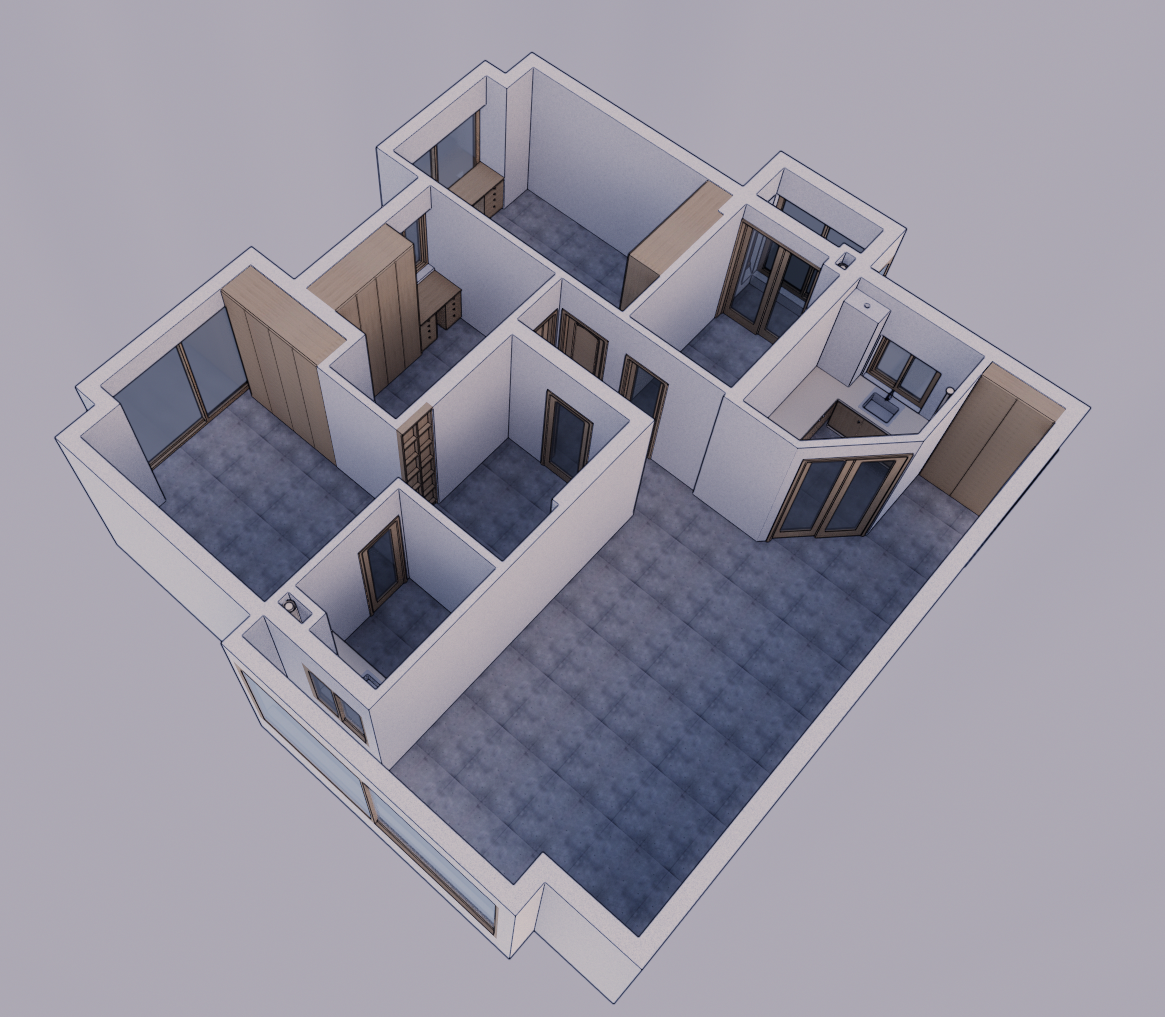Dormitories for ITRI Southern Taiwan Campus Bio
2012-12-28 00:00
架构师提供的文本描述。第二阶段的地点是位于台湾南部的工研院占地47公顷的校园的一部分。中、低密度校园发展规划始于1995年,2002年开始实施.2003年启动的一期工程是在绿色建筑技术和生态建设的指导下进行的。整个校园被设计成一个研究环境,包括为1500人建造硬件和环境美化软件。总体布局包括科研楼、食堂、宿舍、生态塘、竹林、有机绿地、竹窑艺术区。
Text description provided by the architects. The site for the second phase is part of the 47 hectare campus of ITRI in Southern Taiwan. The mid-to-low density development plan of the campus started in 1995, and proved in 2002. The first-phase construction launched in 2003 was carried out under the guidelines of green building technology and ecological construction. The whole campus is programmed to be a research environment including building hardware and landscaping software for 1500 people. The overall layout comprises research buildings, cafeteria, dormitories, ecological ponds, bamboo forest, organic green house, and an art district for bamboo kiln.
Courtesy of Bio-architecture formosana
该遗址由三个方向的小山环绕,西临湖泊。该布局的目的不仅是为了使建筑集群适应环境,而且是为了使现有生态系统的栖息地。此外,建设的地点,以及它的网络景观在整个校园内,预计将是一个伟大的地方,生态观察。该建筑群是景观对话与地形的一部分,其屋顶服务于观赏嘉义平原。
The site is surrounded by hills in three directions, and fronted by lakes to the west. The layout is aimed not only to have the building cluster fit in the environment but to make the place for the habitat of the existing eco-system. Further, the built site, along with its networked landscape within the whole campus, is expected to be a great place for ecological observation. The building group is formed as part of the landscape vista dialoguing with the topography, and its roofs serve for viewing Chiayi Plain.
Courtesy of Bio-architecture formosana
庭院中央的生态池塘可以调节小气候,并与附近的保留池合作。随着今后在建筑工地附近培育湖区的努力,围绕工地及其周边地区漫步的经验将呈现出从人工到自然的不同规模的阶梯式景观水体的特点。
The ecological pond in the center of the courtyard may adjust the micro-climate and co-work with a nearby retention pool. With future efforts to cultivate the lake area in the vicinity of the construction site, the experience strolling around the site and its neighborhoods will be characterized with the scenic water body in stepped elevation and in varied scale from manmade to nature.
Courtesy of Bio-architecture formosana
竹林是校园里一个繁荣的景观,利用这种当地的材料有助于减少新建筑的碳足迹。竹子的应用范围从种植到建筑元素,如楼梯的外部屏蔽,入口区域的软隔断,以及庭院中的户外走廊。另一条步行路将在园区周围的竹林和南校区的竹子艺术区流通。半户外人行道采用土制砖铺装.
Bamboo forest is a prosper scene in the campus area, and utilizing this local material helps to reduce carbon footprint of the new construction. The application of bamboo ranges from planting to architectural elements like exterior screening of the staircase, soft partition in the entrance area, and in the courtyard to define the outdoor corridor. Further walking path is planned to circulate to the bamboo forest around the site and to the Bamboo Art Section in the southern campus. Locally produced brick is adopted for the pavement of the semi-outdoor walkway.
 举报
举报
别默默的看了,快登录帮我评论一下吧!:)
注册
登录
更多评论
相关文章
-

描边风设计中,最容易犯的8种问题分析
2018年走过了四分之一,LOGO设计趋势也清晰了LOGO设计
-

描边风设计中,最容易犯的8种问题分析
2018年走过了四分之一,LOGO设计趋势也清晰了LOGO设计
-

描边风设计中,最容易犯的8种问题分析
2018年走过了四分之一,LOGO设计趋势也清晰了LOGO设计






































































